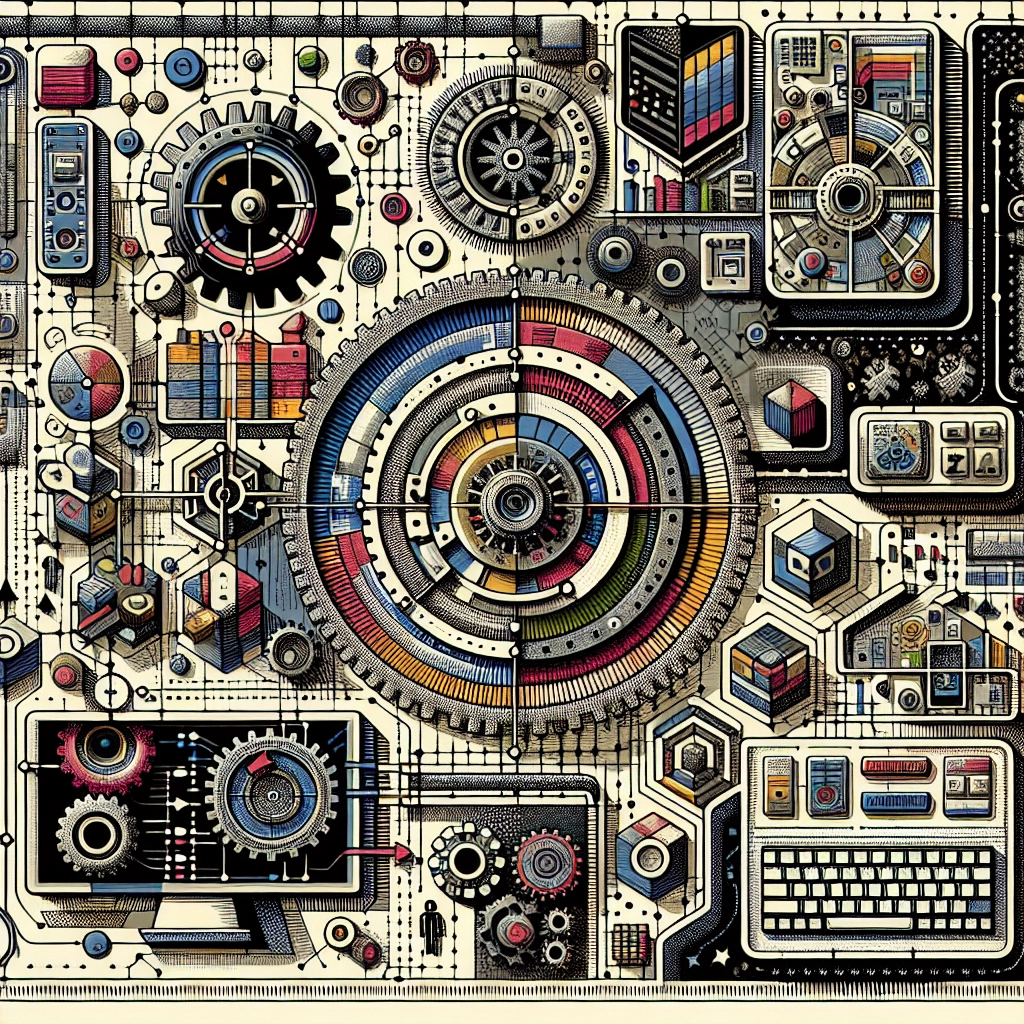Reducing friction in web design is often seen as a best practice, yet the reality is that a little complexity can enhance user engagement and decision-making. The challenge lies in understanding when friction adds value and when it becomes a hindrance, depending on the user’s context and needs.
The prevailing philosophy in design emphasizes creating effortless experiences. This emphasis raises the question of whether designers are overcompensating by simplifying interactions to the point of dullness. Sometimes, introducing a degree of friction is necessary for fostering engagement and delight within the user experience.
For instance, during the sign-up process, the conventional wisdom is to keep registration forms as simple as possible. However, requiring more detailed information can encourage users to contemplate their decision, allowing for greater investment in the process. This intentional complexity creates a personal connection with the brand, making users feel that they are not merely subscribing but actively engaging.
Nevertheless, it’s crucial to strike a balance, as excessive friction can deter users who may not be ready to commit. The user journey is not linear, and it is characterized by opportunities for reflection. In e-commerce, for instance, rushing customers through checkout could inhibit their decision-making. Users may need a moment to evaluate their choices, and designs that facilitate this contemplation—such as clear cost breakdowns—ultimately support confidence in their decisions.
Cognitive friction is another concept worth exploring. It brings forth the idea that some mental effort can be beneficial, improving user investment in the experience. Complex designs can make interactions feel special rather than mundane; however, it is essential to differentiate between deliberate cognitive friction that enhances engagement and unnecessary complications that frustrate users.
The effectiveness of friction is highly contextual. For instance, tech-savvy users might appreciate a complex navigation that encourages exploration, while casual users simply seeking to complete a task might find such friction unhelpful. Empathy for the target audience is vital; designers must choose whether to add or remove friction based on user needs.
While minimalism in design is often celebrated, the extreme hostility toward complex elements can result in sterile, uninspiring experiences. A well-crafted design balances simplicity and complexity, providing both guidance and challenges, ensuring users remain engaged.
In conclusion, instead of viewing friction as an adversary, it is wiser to recognize its potential utility and application in design. Not every user experience needs to be perfectly frictionless—at times, embracing a certain friction is essential for creating a meaningful, memorable interaction. Ultimately, the goal should be to ask, “Is reducing friction truly the best choice for the user experience?”
Welcome to DediRock, your trusted partner in high-performance hosting solutions. At DediRock, we specialize in providing dedicated servers, VPS hosting, and cloud services tailored to meet the unique needs of businesses and individuals alike. Our mission is to deliver reliable, scalable, and secure hosting solutions that empower our clients to achieve their digital goals. With a commitment to exceptional customer support, cutting-edge technology, and robust infrastructure, DediRock stands out as a leader in the hosting industry. Join us and experience the difference that dedicated service and unwavering reliability can make for your online presence. Launch our website.

